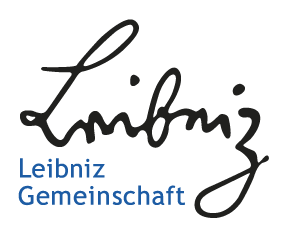World Day for Audiovisual Heritage on 27 October
By organising the World Day for Audiovisual Heritage 2015, UNESCO wishes to draw attention to the fact that films – which form part of our cultural heritage – are at risk. There are many reasons why films are endangered: due to neglect; due to film formats in archives becoming technically outdated; or, in some cases, due to wanton destruction. It is often impossible to transfer analogue films to digital film formats for financial reasons. Consequently, they are in danger of becoming forgotten because the use of analogue films is laborious compared to the use of films offered in online portals.
The German National Library of Science and Technology (TIB) collects scientific films from technical and scientific subjects, and makes them available to the public via its portal, the TIB|AV-Portal, where possible under Open Access licences of the non-profit organisation Creative Commons. At the end of 2012, TIB was entrusted with taking on the scientific film collection of IWF Wissen und Medien gGmbH i. L. and, ideally, making it available to the public via its online portals. As such, TIB must also address the challenges outlined above. The collection comprises around 11,500 analogue and digital scientific films related to various subjects. The collection revolves mainly around technical and scientific subjects, as well as biology and ethnology. Although most of the publications were created between the 1950s and 1980s, the collection also contains a number of earlier cinematographic works. To find out more about the topic of IWF films, see also “Over 1,000 films in TIB’s AV Portal” (in German only).
In addition to a lack of funding for digitising such materials, archives are also faced with the problem of having to clarify how the films – presuming they are then available in digital form or can be digitised – may be used. After all, particularly when films are rather old, the agreements with the creators involved in the film production were also concluded at a time before digital use options on the internet became known and customary. These options are therefore not included in the agreements concluded at the time with the creators. Moreover, usually many different people are involved in many different ways in the creation of a film – people who may potentially have rights to the film. Scriptwriter, director, cameraman, cutter, producer, performing artists, narrator … Often it is not easy, or no longer possible in retrospect, to establish who was actually involved in the production of the film. When attempts are made to renegotiate rights, many film authors cannot be traced.
In the case of analogue film copies, the legal situation is relatively clear because the possibilities of utilisation are already defined in the Copyright Act, and copying constitutes a practical hurdle. The legal situation for digital films and films posted on the internet, however, is more complex: the permits for analogue material regulated in the Copyright Act cannot simply be transferred to digital material. In order to be able to make a film available online, all of the permits required for this must be agreed upon in licence agreements. In contrast, creating copies of digital copyrighted material is child’s play. There is a great danger that films will be passed on as digital copies (against the creator’s will) because the process is such a simple one. In particular with regard to the publication of films on the internet, not only copyright has to be observed, but also publicity and personality rights of the filmed or vocally recorded individuals. This factor can usually be neglected in the case of texts.
The recently published expert report by Dr. Paul Klimpel and Dr. Eva-Marie König, from the solicitor’s office IRights.Law, (in German only) provides a clear overview of the legal bases and permitted uses in the special case of films.
... ist Fachreferentin für Rechtswissenschaften, stellvertretende Justiziarin und Datenschutzbeauftragte der TIB


